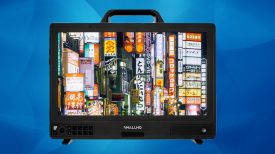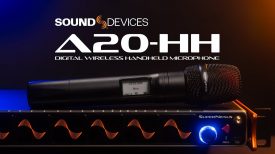We have seen a few VR-capable drones being launched by manufacturers, but none of them look to be quite as impressive as the Flying EYE 360 VR drone, the latest from 360 Designs. Not only is the new drone capable of capturing 360° VR footage, but it can also stream live 6K, 360° video, with a range of over five miles.
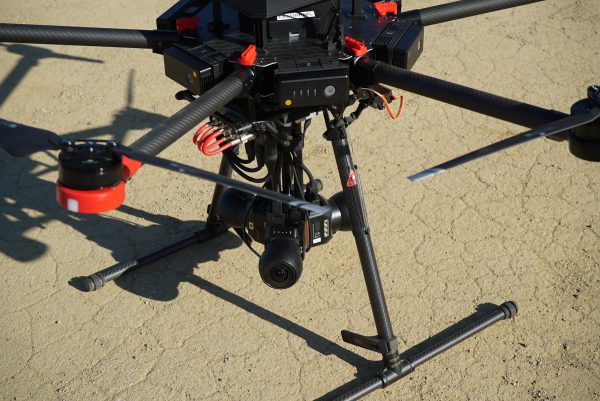
The system uses the the DJI Matrice 600 Pro platform and three Blackmagic Micro Studio 4K Cameras to create images up to 6K 30fps in 10bit. The ground station provides automated stitched 4K SDI, 6K NDI, and 6K H.265 (HEVC) outputs.
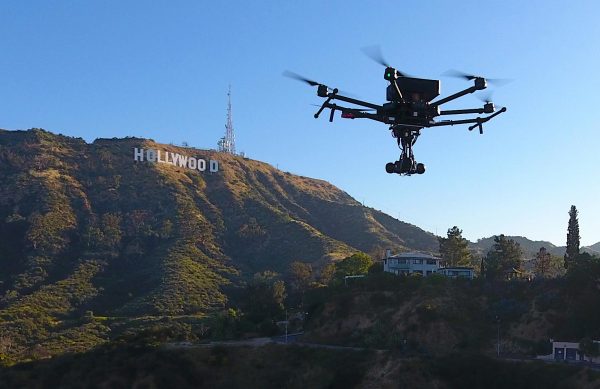
Flying EYE uses its own proprietary custom wireless transmission system called Breeze. The live VR streams can be broadcast anywhere in the world and streamed live to YouTube, Facebook or VR headsets. Flying EYE will give viewers a bird’s eye view above sporting, news, and music events. This is exactly the sort of technology that is needed to take VR to larger audiences as it offers a unique viewing experience.
Calibrating lenses for VR is very important
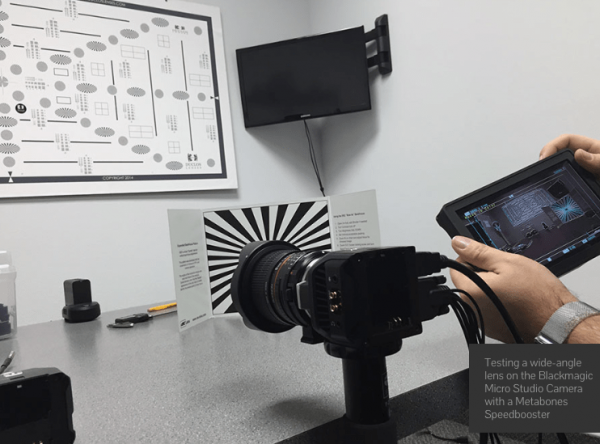
The Flying EYE 360 VR drone uses Blackmagic Micro Studio 4K Cameras that have a M 4/3 interchangeable lens mount, so a range of lenses can be used. The problem with ultra-wideangle lenses is that it may not be possible to get focus at all (in combination with an adapter), or the focus distance may be inaccurate compared to what it says on the barrel. Some are simply soft at one end of the range. Metabones Speedboosters, and similar adapters, which are a practical necessity currently if using the Blackmagic Micro Cameras in a small VR rig (due to the sensor size and crop factor), are a frequent cause of problems. 360 Designs have tested a wide range of lenses and have experienced these issues from almost every manufacturer. Some combinations of lenses and adapters work out of the box, but rarely. Approximately 90% of lens adapters and 35% of lenses they tested were deemed unusable for VR without professional calibration. 360 Designs claim that they calibrate and test every lens for Flying EYE.
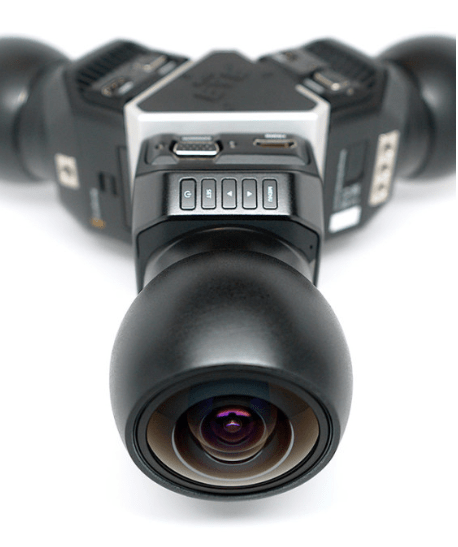
Extracting HD
360 Designs recently demonstrating how it is possible to extract a zoomable, pannable high-definition feed from live 360 footage. The Flying EYE 360 VR drone uses studio-grade camera sensors and a broadcast-standard SDI/NDI workflow, so it can be easily integrated into any live broadcast application.
The downsides
The downsides to the Flying EYE 360 VR drone are that the flying time is only 10-12 minutes (to 20% charge) and it costs a whopping $75,000 US. It is available for purchase, rental or as a service that 360 Designs can provide.
Flying EYE is certainly not something that the average shooter is going to go out and buy, it’s primarily aimed at TV stations and large outside broadcast events. Are you excited about VR drones or this type of technology? Let us know in the comments below.
Key features from 360 Designs
6K 360 Video – High-quality wireless video system offers near uncompressed, low latency (<1sec), broadcast-grade 6K video.
Long Range – Astonishing wireless streaming video range, over 5 miles.
Best-in-class 360 Camera – Designed to carry the company’s popular Mini EYE 3 camera, Flying EYE is also compatible with other 3-camera, HDMI or SDI-based VR rigs.
Broadcast Standards – Professional-grade 6G SDI output (4K), 6K NDI, or, 6K H.265 (HEVC).
Fully Customizable – Each system can be custom-built and tailored to the needs of the customer.
Reliable Drone Platform – Uses the popular DJI Matrice 600 Series commercial UAV.
Single Operator – Can be operated by one person, no camera positioning is needed with 360 video.
Automated Live Stitching – The company’s proprietary Breeze 6K wireless transmission system pairs with an integrated live stitching system, removing the need to stitch 360 video footage later. The system can also be used for live 2D wireless transmission, at greater than UHD resolution.
The Flying EYE system includes: a Matrice 600 series commercial UAV; a choice of VR camera (Mini EYE 3 or other SDI/HDMI cameras), a camera stabilization system, the Breeze wireless transmission and stitching system (includes ground station), and waterproof Pelican case(s).



